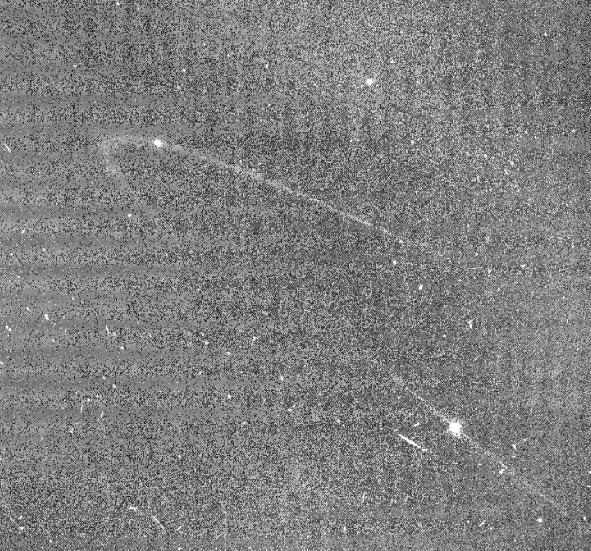Methone – Saturn’s Smooth Egg-Shaped Moon!
Fast Summary Facts About Methone!
- Discovered: June 1st, 2004 by Cassini Imaging Team
- Name: From Greek, Methone is a daughter of the God Alkyoneus
- Size: Diameter of 3.2 km (2 miles)
- Orbit: Prograde And Circular
- Orbit Radius: 194,000 km from Saturn
- Orbital Period: 24 hours 14 minutes
- Density: 0.31 g/cm3
Cool Fun Facts About Tiny And Intriguing Methone!
- The tiny Methone was one of the first tiny moons discovered in Cassini images shortly after the orbiter arrived at Saturn.
- Continuing with the tradition of naming Saturn’s moons after mythical brothers and sisters of Kronus (Roman for Saturn), Methone is a Greek name for one of the Alkyonides; the seven beautiful daughters of the God Alkyoneus (Titan).
- Close-up images from the Cassini spacecraft show that Methone is an egg-shaped moonlet with a remarkably smooth surface (and no visible craters). This would normally imply its surface is extremely young due to constant modification by ongoing geological activity, however, in this case, Methone’s low density (among the lowest obtained in the Solar System), suggests the moonlet is composed of icy fluff material incapable of recording craters!
- The egg-shaped moonlet has the dimensions 3.9 km x 2.6 km x 2.4 km.
- Like many moons of the Solar System, Methone is ‘tidally locked’ to Saturn as it orbits, meaning only one side ever faces Saturn and one side always faces away. This is similar to Earth’s Moon!
- Methone orbits close to Saturn and hence completes an orbit every 24 hours. This is very similar to two other small Saturnian moonlets – Pallene and Anthe.
- It’s believed these three moons may also be contributing debris to Saturn's E-ring as material is blasted off whenever objects hit the moonlets and a blasted off due to the low gravity.



Saturn's Egg
Methone Revealed
Moon Arcs




